BY JULIAN RYALL
Japan Correspondent
WENO, Chuuk — The bones have been laid out with great care. Discolored by age, leaked oil, iron rust and the effects of eight decades underwater, they have been placed atop waterproof sheets that have been taped down. Plastic bags bear the date the remains were recovered and the ships where they were discovered.
The remains laid out are of 22 men who were killed in February 1944 when the Aikoku Maru was attacked as she lay at anchor in the vast lagoon that surrounds the islands of Chuuk state.
A further set of remains was also recovered in June 2024 from the Kiyosumi Maru, another Japanese vessel sunk in the attack by planes launched from aircraft carriers that made up a powerful U.S. strike force ordered to carry out Operation Hailstone, the assault on Imperial Japan’s most powerful naval base in the central Pacific during the Second World War.
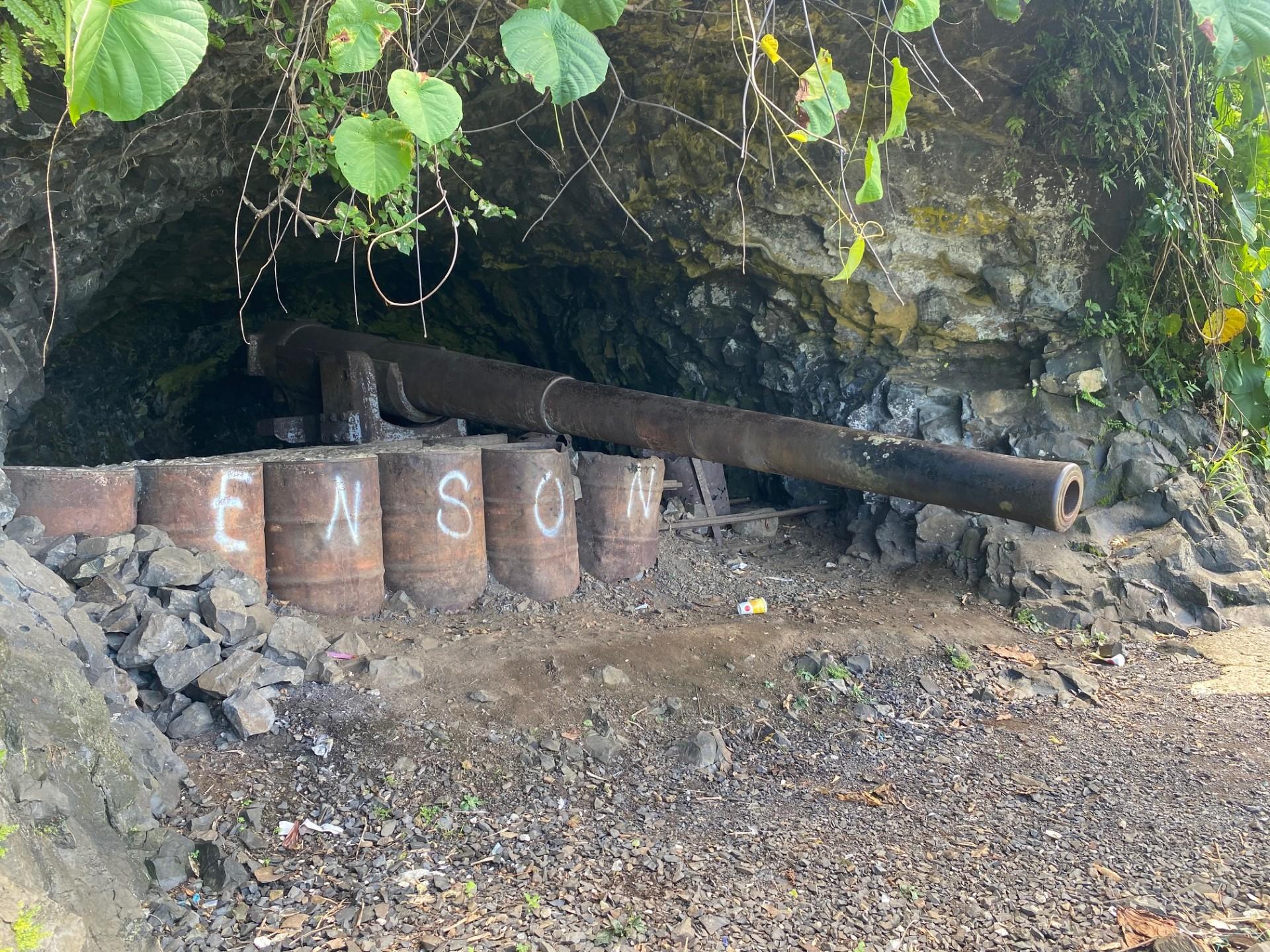
As many as 60 Japanese vessels — mostly transport ships but also including Imperial Japanese Navy destroyers, patrol vessels and even the I-169 submarine — were sunk in the lagoon during the course of two days. Dozens of Japanese aircraft, from fighters to torpedo bombers and even an enormous four-engine Kawanishi long-range amphibious reconnaissance aircraft, were also shot down within the 2,131 square kms of the lagoon, fringed by a 225-km coral reef.
Many of the crew and passengers went down with their ships and aircraft and were never seen again.
Today, Chuuk is regarded as the best spot in the world for recreational wreck divers to explore. For the team from the Japan Association for the Recovery and Repatriation of War Casualties, it is hallowed ground and, in the year that marks the 80th anniversary of Tokyo’s surrender at the end of World War II, their task is to recover all human remains that they can locate and to return them to a final resting place in Japan.
For Tatsuaki Inoue, who headed the association’s week-long mission to Chuuk in late February, the mission is critically important.
“I have been interested in helping to repatriate the remains of fallen soldiers since I was a university student, when I joined a volunteer youth organization that went to the Solomon Islands to help with a repatriation project there,” said Inoue, who has worked for the association since 2020.
This is Inoue’s seventh mission to Chuuk, with the team examining remains that were recovered by divers from the ships in June 2024. In total, 39 sets of remains were brought to the surface last summer. Anthropological examinations provided sufficient evidence to conclude that 22 were those of Japanese, and the local Chuukese authorities granted permission for them to be repatriated.
To conclude that these remains are probably those of Japanese service personnel, Inoue was accompanied by a Japanese government official and one of Japan’s most pre-eminent experts in identifying remains from their teeth.
Hideki Saka, dean of Meikai University and director of the university’s Forensic Odontology Center; holds the skull up to the light, but it is still not enough to reveal what he needs to see. Saka opens the sliding door onto the balcony and steps out, holding the remains in the bright sunlight to reveal some unmistakably Japanese dental work.
“Typically, we see that molars have two or three roots but the enamel of the tooth extending to the root is much more common in Japanese people than in Americans or islanders,” he said. “That is not a 100% marker, but it is one of the indicators that we commonly use,” he said.
Another sign that a skull is of a Japanese serviceman are gold, open-faced crowns, which were commonly used by Japanese dentists in the 1930s and 1940s, said Saka, who has previously worked with the association in Saipan, Kiribati and Palau.
The JARRRWC was set up in 2016 and has been designated by the Ministry of Health, Labour and Welfare as the sole Japanese organization contracted to recover and repatriate remains of the nation’s war dead. Previously, government agencies had worked with a range of volunteer groups until it was decided that a centralised organization was needed to coordinate and plan all the missions. The Diet passed a law in March 2016 designed to accelerate the recovery of the nation’s war dead.
The task is a daunting one; some 2.4 million Japanese service personnel were killed in World War II, of which 1.12 million remains have yet to be recovered. Of that figure, 300,000 were lost at sea and a further 230,000 are listed as “difficult to recover,” leaving approximately 590,000 individuals waiting to be discovered and returned to Japan.
The area that JARRWC works in is similarly vast. Around 22,590 remains are in the Aleutian Islands or the territories off the far north of Japan that were seized by the Soviet Union in the closing stages of the war. More than 10,000 are in India. At least 32,000 are buried in former prison camps in the former Soviet Union, where they were forced to labor until as late as 1956.
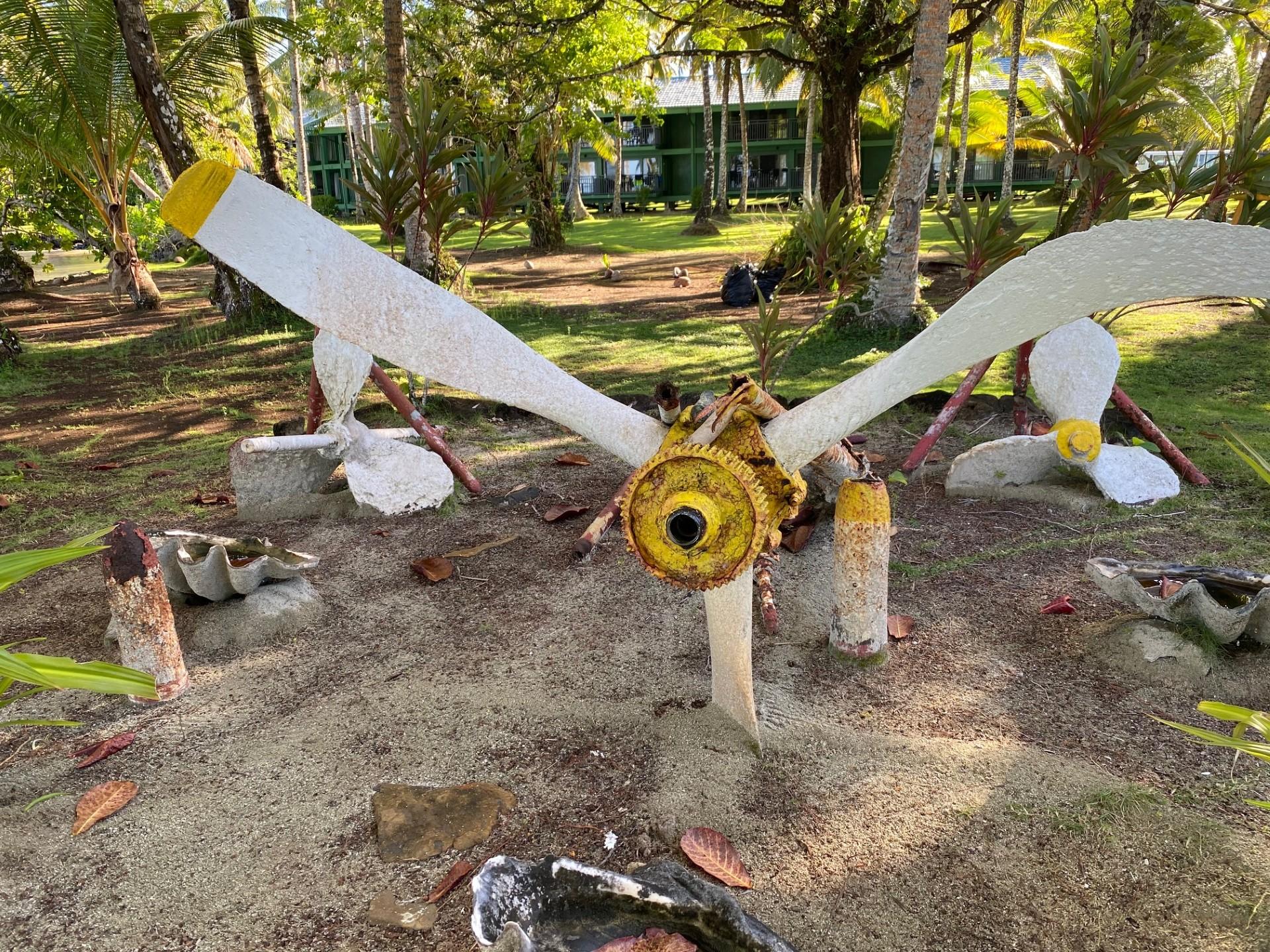
Nearly 173,000 are still listed as missing in the islands of the central Pacific, over 369,000 in the Philippines and 233,000 in China. Of those totals, many are lost at sea — although as Inoue’s mission shows, that does not necessarily mean they cannot be found. Being under water just adds another element of difficulty.
The government official accompanying Inoue is Moku Nakagawa, an official of the ministry office for the recovery and repatriation of war remains. For Nakagawa, the personal motivation to find these missing men is also strong.
In Chuuk, as elsewhere, DNA samples are taken wherever possible as another way of potentially identifying remains, he said.
“We do not have a comprehensive database at present, but the government obtained a list of the crew of the Aikoku Maru and requested any relatives of those men to come forward and provide DNA samples to compare,” he said. “We are still waiting for the results of those comparative tests, but we are optimistic because it is generally relatively easier to get DNA from bones that have been underwater as they are often better preserved in situ and with less oxygen.”
When four sets of remains were brought back from the Shinkoku Maru in October 2023, he pointed out, DNA analysis was able to reunite two of the sets with their surviving families.
“When I was younger, I did kendo and later learned that my kendo master had been in the military and served on Leyte in the Philippines during the war,” Nakagawa said. “Many of his subordinates were killed in the fighting and he always said it was one of his greatest regrets that he had to leave the remains of his subordinates there.
“What we are doing today is nothing in comparison to the hardships of the war years and I wanted to serve in this particular department when I joined the ministry,” he said.
“I used to work in the section that handed identified remains over to their families, so I saw the feelings of the families. Today, doing this task, I still feel that connection.”
Inoue said he knows that it will take many more years before all the remains can be recovered from the lagoon or the jungle-clad islands that make up the state.
“We have made good progress on the Aikoku Maru, although we do believe that there are some more remains there that we can find, given time,” he said. “But we are considering our next target, which may be the Oite, although that has yet to be decided.”
In February 1944, the Imperial Japanese Navy destroyer Oite was carrying a crew of 148 as well as 451 officers and men rescued from the light cruiser Agano, which had been sunk in an attack by a US submarine about 200 km northwest of Chuuk. A few kilometers inside the north-east passage to the lagoon, the destroyer was attacked by bombers taking part in Operation Hailstone and was hit by a torpedo amidships.
The Oite was ripped in two by a huge explosion in the engine room, with just 20 men surviving by swimming to a nearby islet. The ship was only rediscovered by divers in 1986. At a depth of nearly 70 meters, it is technically difficult for sport divers to explore and is therefore less commonly visited.
That may mean the wreck is relatively undisturbed and should enable JARRWC divers to conduct thorough search. There are, hundreds of men still to be accounted for, Inoue said. mbj
Search continues for World War II remains in Chuuk
Recommended Articles...
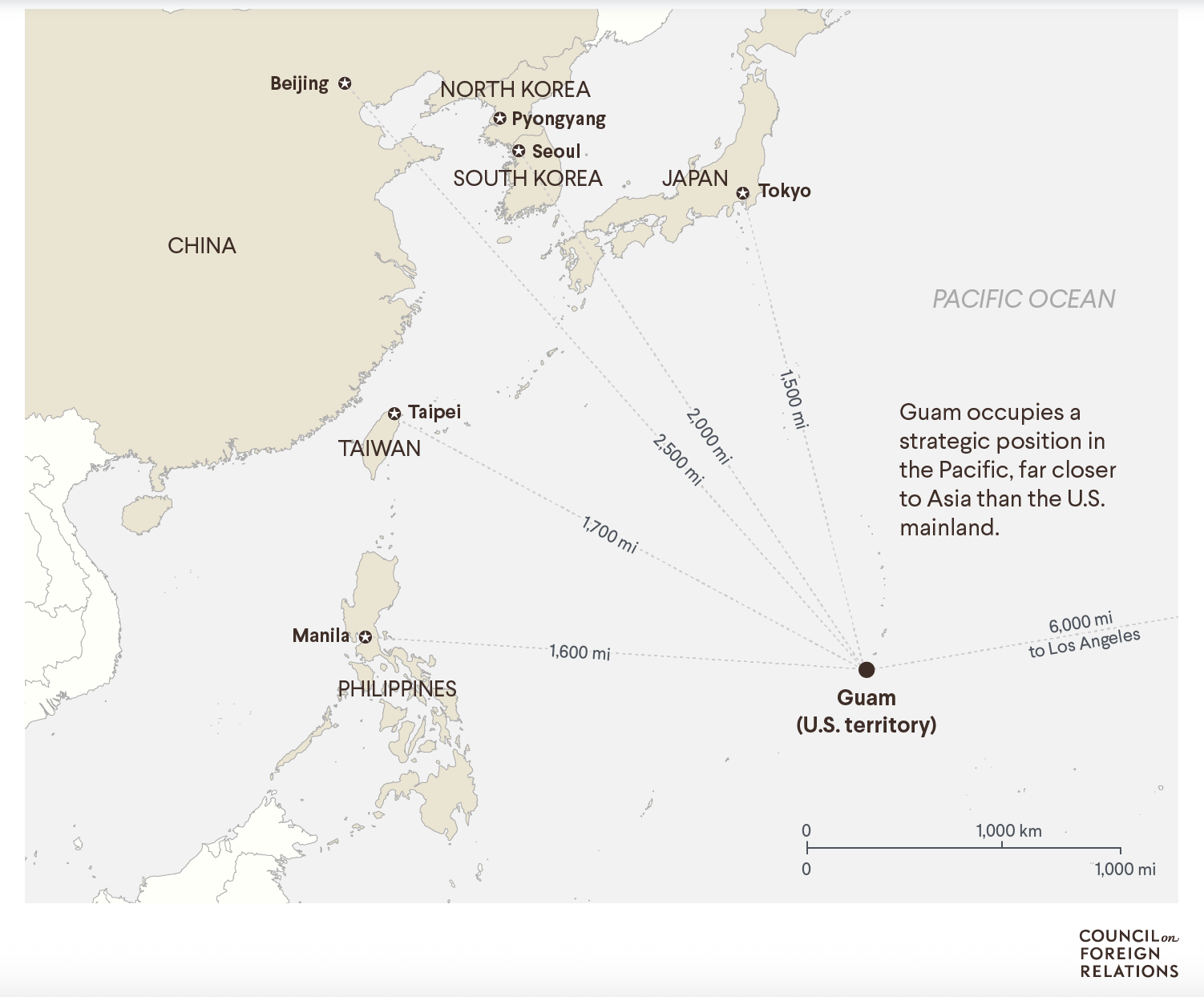
Guam governor calls for prayers, advocates peace as global tensions rise
Amid rising global tensions, Gov. Lourdes A. Leon Guerrero issued a statement calling for prayers and advocating for policies that prioritize peace.
Read More 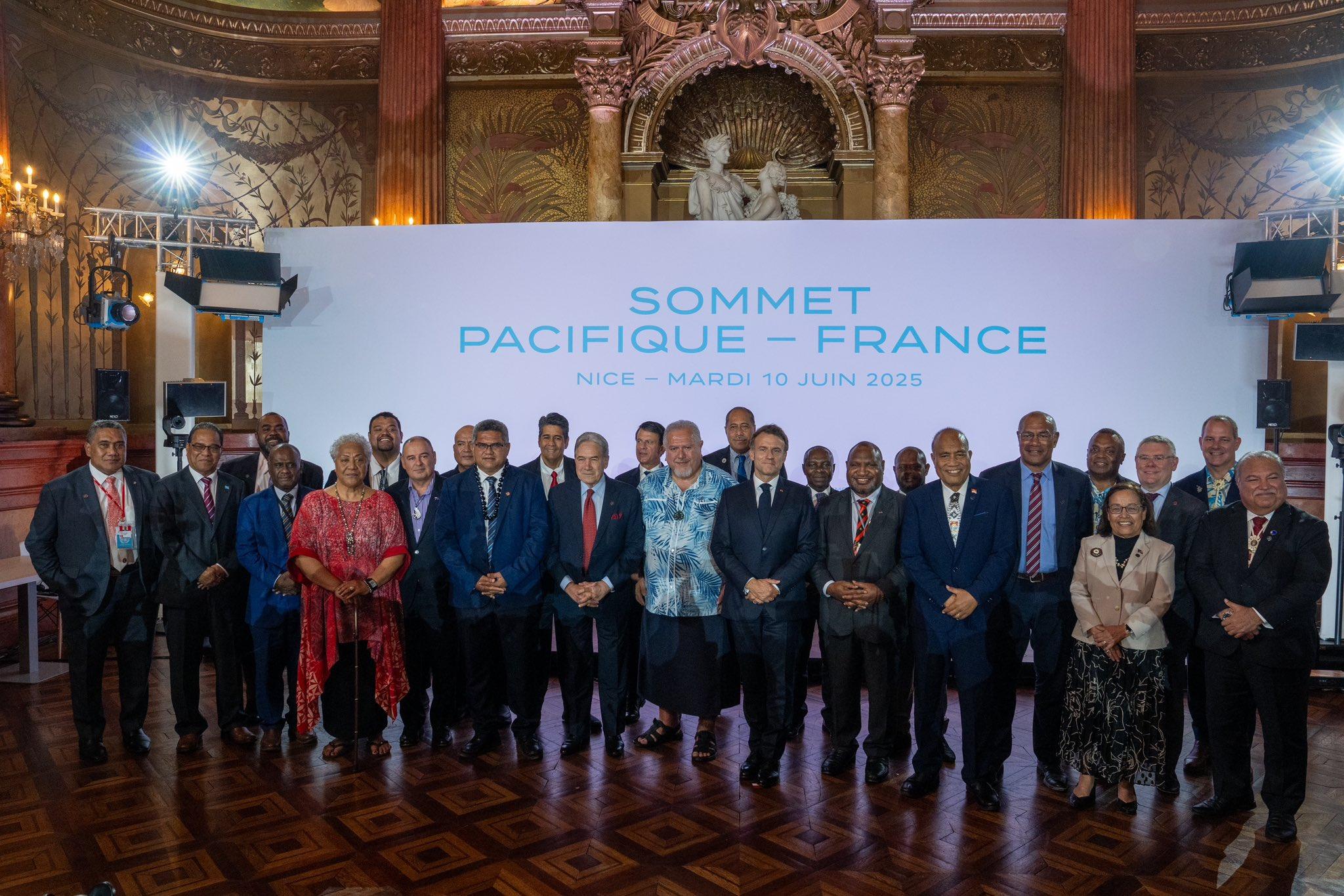
Pacific leaders push for global leadership, climate justice at UNOC3 in France
Leaders from the Federated States of Micronesia, Marshall Islands, and Palau joined fellow heads of state in Nice, France, for the 3rd United Nations Ocean Conference from June 9–13 where they voiced a unified Pacific call for stronger ocean protection, climate finance and international cooperation.
Read More 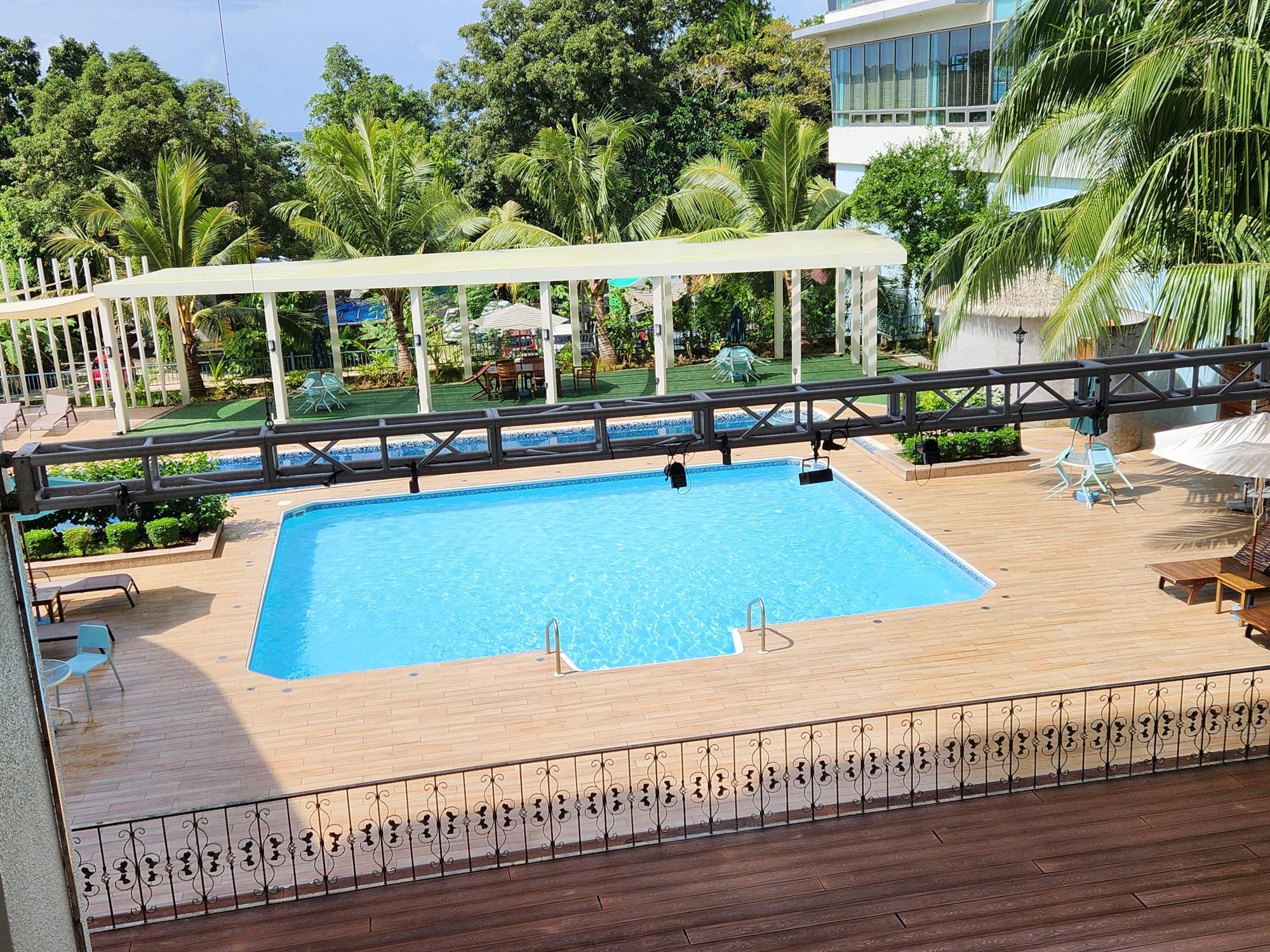
Hawaii signs 'Green fee'; Saipan sees $1.4 million in tourism upgrades
This regional update includes news of a climate impact tax to be added to the hotel occupancy tax in Hawaii, a comparison of hotel taxes in the islands, and the $1.4 million upgrade of three tourism sites in Saipan, with a bid to come for interested contractors.
Read More 
McDonald's plans to expand in Guam, FSM, and Palau; NMI expansion halted
DANDAN, Saipan — Longtime McDonald's franchise owner Jose C. Ayuyu said he is continuing expansion in Guam, announcing plans to break ground on a new restaurant later this year. He plans to put further development in Saipan on hold, due to the NMI’s ongoing economic downturn.
Read More 














